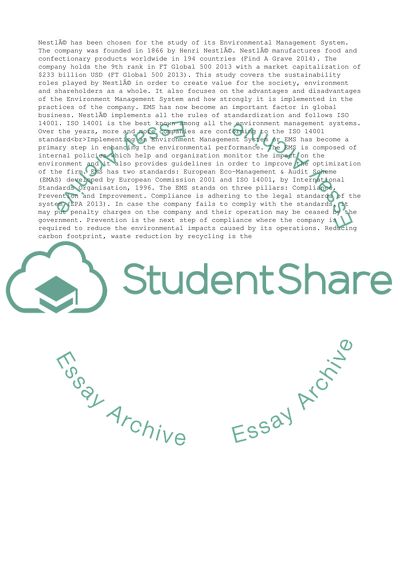Cite this document
(Environmental issues in Business Essay Example | Topics and Well Written Essays - 2500 words, n.d.)
Environmental issues in Business Essay Example | Topics and Well Written Essays - 2500 words. https://studentshare.org/management/1841463-environmental-issues-in-business
Environmental issues in Business Essay Example | Topics and Well Written Essays - 2500 words. https://studentshare.org/management/1841463-environmental-issues-in-business
(Environmental Issues in Business Essay Example | Topics and Well Written Essays - 2500 Words)
Environmental Issues in Business Essay Example | Topics and Well Written Essays - 2500 Words. https://studentshare.org/management/1841463-environmental-issues-in-business.
Environmental Issues in Business Essay Example | Topics and Well Written Essays - 2500 Words. https://studentshare.org/management/1841463-environmental-issues-in-business.
“Environmental Issues in Business Essay Example | Topics and Well Written Essays - 2500 Words”. https://studentshare.org/management/1841463-environmental-issues-in-business.


